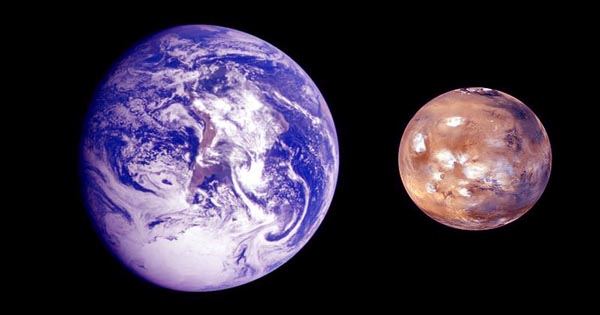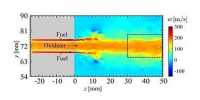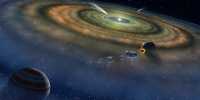The strict variation in their size according to location surprised oceanographers as we know how the tides are compared to the past or to another earth. Tides were probably once able to occupy life through inter-tidal regions and today they enhance the richness of marine life through a mixture of nutrients.
The tides of the Mediterranean are so erosive that Julius Caesar failed to take them into account when the British invaded, ignoring his first attack. In contrast to the Gulf of Canada, the difference between high and low tides can reach an unforgettable 16 meters (53 feet). Large tides are caused regionally by local features that carry water in and out of a place, but they also take on the shape of ocean basins. Professor Matthias Green of Bangor University in Wales has modeled 120 continental configurations to explore the potential range.
Green said in a statement, “In 750 million years we’ve found the current tide on Earth to be the largest. I certainly think the tide could now be among the largest in Earth’s history.” As a result, the first fish to colonize the inland zone must almost certainly play a very small amount of territory before they can fully land.
This is a case where the larger is not necessarily better – the world’s larger tides are in the vicinity of the Atlantic rather than the greater Pacific Ocean.“The Pacific can’t tune safely.” Green added, “It echoes almost perfectly tuned organ pipe for the Atlantic side.” In fact, Green thinks that the current tide of the Earth is as close as possible without the larger or nearest moon.
In geological scales, the Atlantic has only recently regained its current shape, and the oceans of earlier epochs, such as the Panthalassa, were usually smaller or much larger, while single strong oceans covered most of the earth. Green and colleagues only mimicked the timelines of the continents for which we can accurately map them, but worlds where only a few islands rise above water level and others where only a single ocean covers only 10 percent of the planet.
The results were published in the Geophysical Research Letter, and Green said the team was surprised at how big a difference continental placement could make. With the same size and distance of the moon as we do, there will be an Earth-sized body of water tides that carry 1000 times less energy – the question of whether volcanic islands will ever play a role in life.
“Adding a continent the size of New Zealand doesn’t make much sense, but adding a couple of New Zealand and you make the tide 100 times stronger.” Green noted, “It’s very difficult to get huge tides if you’re just an ocean.”
Searches help explain a long-standing mystery. The energy lost in the tide pushes the moon farther away from the earth. However, the moon is currently moving away from the earth at a surprisingly fast rate. Given its age, it must have gone much slower for most of its history, or it will be much farther now. If the previous continental basins produced smaller tides, the recession would actually have slowed down and indicated the current position.
Without a large satellite, even if the continents were well-placed, there would be the very little tidal path to an alien Earth. Large objects like the moon are thought to be rare circular rock planets, so we have known for a long time that the tide was probably smaller elsewhere. Green’s work reveals that we are doubly lucky to experience what we do.















